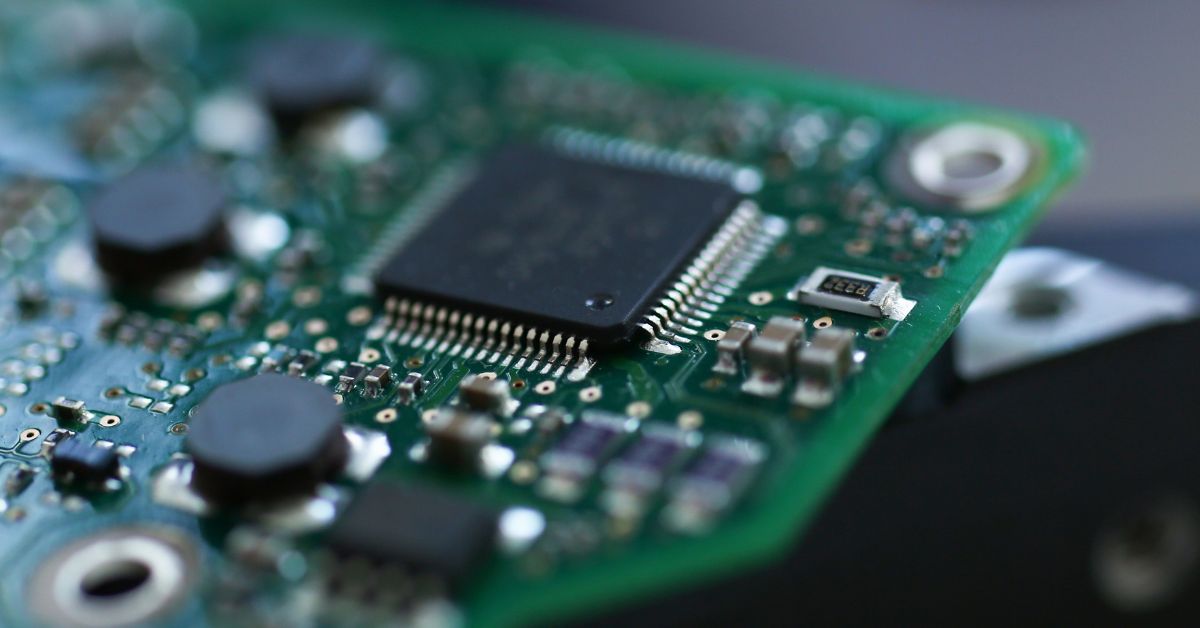
What Is an Embedded System?
Embedded systems are specialised computing systems designed to perform dedicated functions within larger systems. Unlike general-purpose computers, these systems are tailored for specific applications and are seamlessly integrated into the devices they serve. Examples include microwaves, medical devices, washing machines, smartwatches, laptops, and aircraft control systems.
Why Are They Called “Embedded”?
The term “embedded” highlights the seamless integration of these systems into the devices they control. They function as an essential part of a larger system, discreetly enhancing the device’s functionality.
Embedded Engineering Services
Embedded Software Engineering involves designing and developing embedded systems, blending expertise from electrical engineering, computer science, and software development.
Role of an Embedded Engineer
Embedded software engineers design, develop, and maintain the software that runs on embedded systems across industries such as industrial machinery, medical devices, aviation, household appliances, and IoT. They collaborate closely with hardware designers to ensure seamless software-hardware integration.
Business Benefits of Embedded Systems
With the rise of smart devices and interconnected systems, embedded systems play a crucial role in:
- Driving automation
- Enhancing user experience
- Improving device functionality
Beyond technological advancements, embedded systems contribute to faster time-to-market and help differentiate products—key factors for maintaining a competitive edge in saturated markets.
Types of Embedded Systems
Embedded systems can be classified into the following categories:
Standalone Embedded Systems
Operate independently without the need for a host computer.
Examples: Digital cameras, washing machines, and digital watches.
Networked Embedded Systems
Communicate with web servers through wired or wireless networks.
Examples: Home security systems, ATMs, and point-of-sale (POS) systems.
Mobile Embedded Systems
Portable, versatile systems that combine standalone functionality with mobility.
Examples: Smartphones, tablets, laptops, and smartwatches.
Real-Time Embedded Systems
Prioritise immediate responses, making them ideal for applications where time-sensitive functions are critical.
Examples: Self-driving vehicles, aircraft control systems, and medical devices.
Primary Components of Embedded Systems
Embedded systems consist of three primary components:
1. Hardware
The hardware backbone includes microprocessors, controllers, power supplies, memory chips, and display interfaces, enabling the system to perform its intended function.
2. Application Software
Software that drives the embedded system’s functionality. Its complexity can range from simple user interfaces to sophisticated algorithms.
3. Real-Time Operating System (RTOS)
RTOS manages system resources and ensures timely responses to external events. It is critical in applications such as autonomous vehicles and spacecraft guidance systems.
Future of Embedded Software Development Services
According to the US Bureau of Labor Statistics, the field of embedded software development is projected to grow by 25% by 2031, significantly outpacing the average for all occupations. This indicates sustained growth and demand for embedded system expertise in the coming years.
Partner with electrobittech for Embedded Software Development
Electrobittech offers comprehensive Embedded engineering Services. From system integration to product strategy, we specialise in creating firmware, middleware, and real-time operating systems (RTOS) that seamlessly align software with hardware.


